Who We Help
Through UNHCR, millions of refugees and internally displaced people have been given humanitarian assistance.
Photo: © UNHCR/Roger Arnold
Every year, we help millions of people whose lives have been turned upside down by crisis. Whenever and wherever people are uprooted by conflict, UNHCR is there offering life-saving assistance, safeguarding their rights and restoring hope, safety and dignity.
Who is a Refugee?
Refugees are people whose lives have been torn apart when violence arrives on their doorstep, or when they are persecuted for their religious or political beliefs. Refugees are driven from their homes and communities by factors outside their control. It happens so fast. Quite literally, refugees are people running for their lives. And they remain uprooted for an average of 20 years.
Over 29.4 million refugees around the world depend on UNHCR for protection and support. Many find refuge in camps—where our staff and partners provide essential services. Others, known as urban refugees, live in towns and cities where they are often hidden from view, making it more difficult to access basic resources necessary for survival.
29.4 million refugees in the world
Who is an Internally Displaced Person (IDP)?
News reports tend to spotlight refugees in sprawling camps, but a large number of people forced to flee their homes never cross an international border. These individuals are known as internally displaced persons, or IDPs, who seek safety anywhere they can find it—in nearby towns, schools, settlements, internal camps, even forests and fields. IDPs, which include people displaced by internal strife and natural disasters, are the largest group that UNHCR assists.
Unlike refugees, IDPs are not protected by international law or eligible to receive many types of aid because they are legally under the protection of their own government. Countries with some of the largest internally displaced populations are Iraq, South Sudan, Yemen and Syria.
Over 62.5 million
internally displaced people in the world
Who is a Stateless Person?
A stateless person is a person not considered a citizen of any country. Statelessness is often a result of discriminatory policies against minority groups, the exclusion of residents from citizenship when a country gains independence, or when a child is born in a country which does not permit nationality based on birth and if the country of origin does not allow a parent to pass on nationality through family ties. When people are stateless, they often do not enjoy the same rights as citizens and have difficulty accessing basic rights—such as education, healthcare, employment, the right to vote and freedom of movement.
UNHCR is leading an international campaign to end statelessness. We have a mandate to work with governments to prevent statelessness from occurring, to resolve cases that do occur and to protect the rights of stateless persons. Our staff works to reform laws and lobby countries to ratify and implement the 1961 Convention on the Reduction of Statelessness, of which Canada is a signatory. It stipulates, among other things, that everyone has the right to a nationality.
4.4 million stateless people recorded around the world, but the true extent of statelessness is estimated to be much higher
Who is an Asylum-Seeker?
Asylum is the right to be recognized as a refugee and to receive legal protection and material assistance. An asylum-seeker is someone who seeks international protection, but whose claim for refugee status has not yet been evaluated. We believe those fleeing violence should have the chance to tell their stories, apply for asylum and be properly evaluated.
Individual countries decide which asylum-seekers qualify for protection. Asylum-seekers must demonstrate that their fear of persecution in their respective home country is well-founded and that they could face harm if returned home.
5.4 million asylum seekers in the world
Donate Today
Please help refugee families in need.


